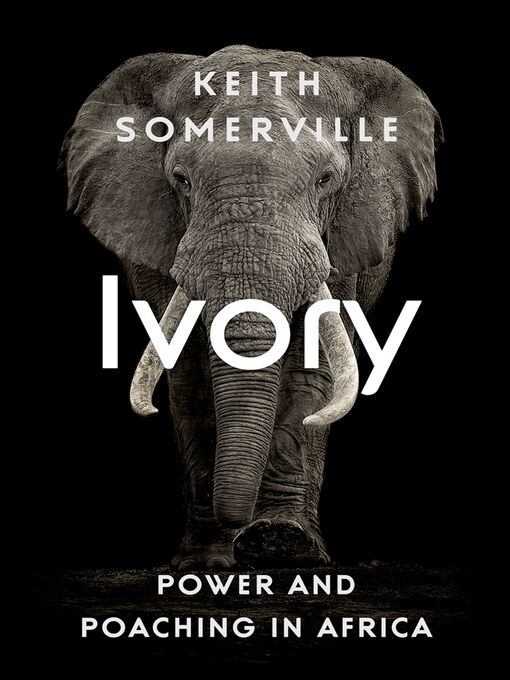-
Creators
-
Publisher
-
Release date
January 1, 2017 -
Formats
-
Kindle Book
-
OverDrive Read
- ISBN: 9781849048651
-
EPUB ebook
- ISBN: 9781849048651
- File size: 1859 KB
-
-
Languages
- English
-
Reviews
-
Publisher's Weekly
October 10, 2016
Somerville (Africa’s Long Road Since Independence) examines the 21st century’s persistent and illegal ivory trade in the face of the failure of the 1989 Convention on International Trade in Endangered Species of Wild Fauna and Flora (CITES). Since 9/11, many Western governments and NGOs have viewed the ivory trade as intimately connected to the funding of insurgent groups throughout Africa. Somerville believes this framing obscures a long history of governmental corruption and ignores real frustration about local land-use policy in East and Southern Africa. He asserts that locally workable, sustainable-use solutions, rather than NGO-mediated antipoaching measures, will ensure long-term elephant and human survival. Somerville’s chronological, country-by-country narrative shows that the ivory trade has been externally driven since “the last millennium BCE.” More recently, European colonial governments funded themselves through licensing, regulation, and exports, providing for “colonialism on the cheap” at the same time that indigenous hunting was severely restricted by wildlife-management programs. By the time African countries gained their independence, the structures and abuse of government systems and safari tourism were in place, and the smuggling trade well established. Those seeking to understand the political and economic complexity of the ivory trade will appreciate Somerville’s clear analysis. Maps & tables.
-
Loading
Why is availability limited?
×Availability can change throughout the month based on the library's budget. You can still place a hold on the title, and your hold will be automatically filled as soon as the title is available again.
The Kindle Book format for this title is not supported on:
×Read-along ebook
×The OverDrive Read format of this ebook has professional narration that plays while you read in your browser. Learn more here.

